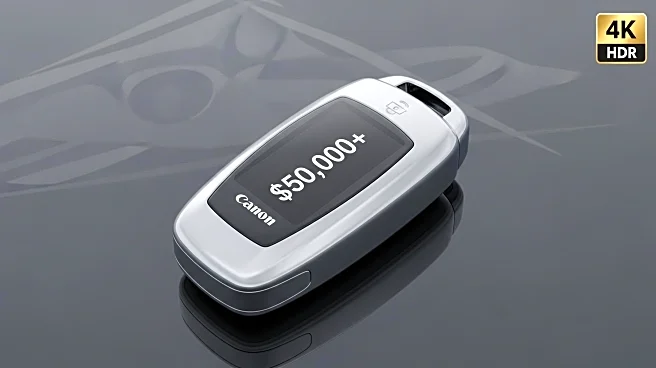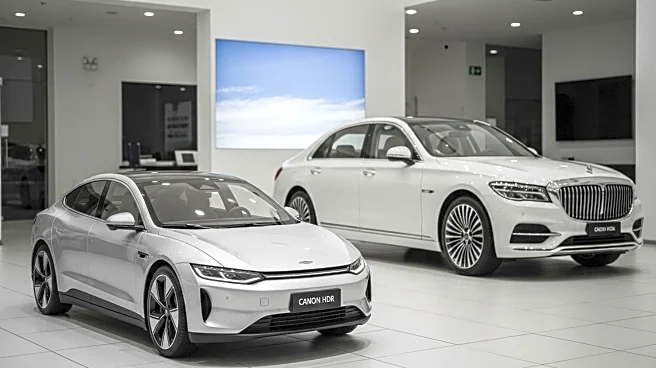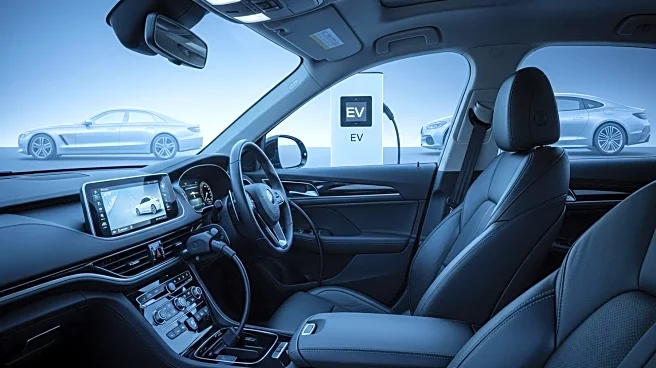What's Happening?
According to data from Kelley Blue Book, the average transaction price (ATP) for new cars in the United States has exceeded $50,000 for the first time as of September 2025. This milestone marks a significant shift in the automotive market, where the $20,000 vehicle has become nearly extinct. Erin Keating, Executive Analyst at Cox Automotive, noted that many price-conscious buyers are now turning to the used-vehicle market due to the rising costs of new cars. This trend reflects broader economic pressures and changes in consumer purchasing behavior.
Why It's Important?
The increase in average car prices has significant implications for the U.S. automotive industry and consumers. As new vehicles become more expensive, a larger segment of the population may be priced out of the new car market, potentially leading to increased demand for used cars. This shift could affect car manufacturers' sales strategies and impact the overall economy, as car sales are a major economic driver. Additionally, the rising prices may influence consumer preferences, pushing them towards more affordable or alternative transportation options.
What's Next?
If the trend of rising car prices continues, manufacturers may need to adjust their production strategies to cater to the growing demand for affordable vehicles. This could involve increased focus on producing budget-friendly models or enhancing financing options to make new cars more accessible. Additionally, the used car market may see further growth, prompting dealerships to expand their inventory and services to meet consumer needs.












